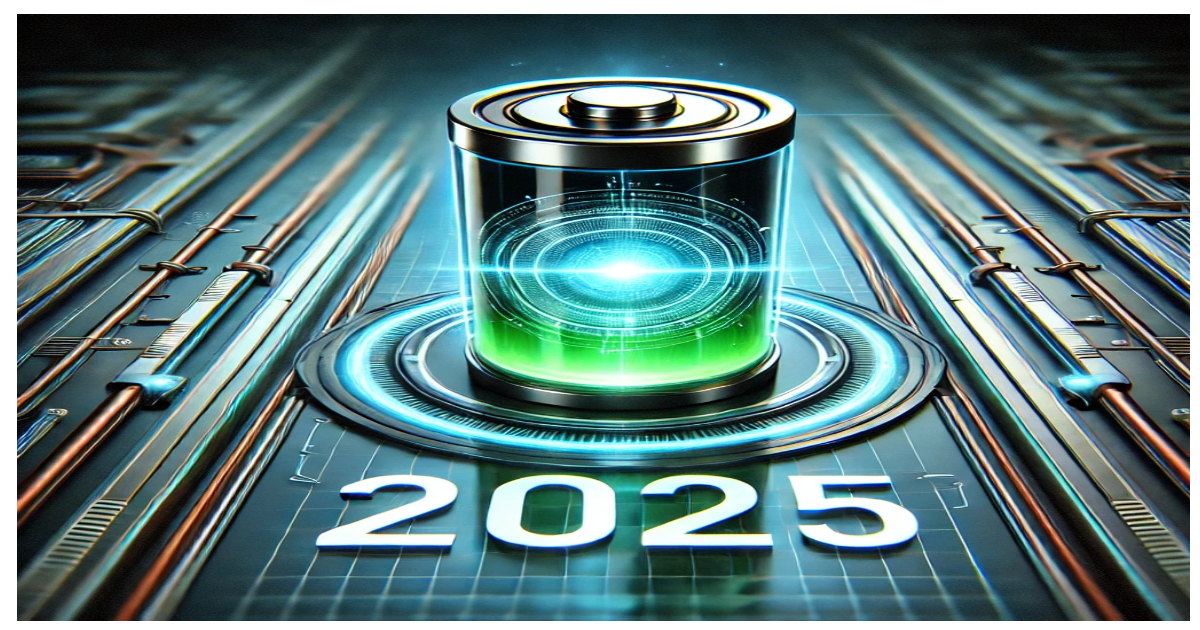Newness
Tech
Technology
Advanced Battery Materials, Battery Efficiency, Energy Innovations, Future of Batteries, latest, news, Next-Gen Energy Storage, Silicon-Carbon Batteries, Smartphone Power Solutions, Smartphone Technology, Sustainable Technology, Tech Trends 2025, trending
Manish sonawane
0 Comments
Silicon-Carbon Batteries: Transforming Smartphone Energy with Unmatched Efficiency 2025
Brief Overview of Silicon-Carbon Batteries:
Silicon-carbon batteries represent a significant advancement in energy storage technology. These batteries combine silicon with carbon materials to enhance overall battery performance. Silicon-carbon batteries offer much higher energy density than traditional lithium-ion batteries, making them an essential development for modern electronics.
Significance in Modern Smartphones:
With the increasing demand for faster, longer-lasting batteries to support advanced features like AI, high-refresh-rate displays, and 5G, silicon-carbon batteries are emerging as a promising solution. These batteries offer the perfect balance of energy efficiency and faster charging speeds, critical for modern smartphones.
![]()
What Are Silicon-Carbon Batteries?
Silicon-carbon batteries are a type of lithium-ion battery that replaces traditional graphite anodes with silicon-carbon composites. Silicon provides much higher energy storage capacity, allowing these batteries to store more power in the same amount of space.
How They Work:
The silicon-carbon anode stores lithium ions during the charging process. When the battery discharges, the lithium ions are released, providing power to the device. The addition of carbon improves conductivity and helps manage the structural challenges of silicon in silicon-carbon batteries.
Differences from Conventional Lithium-Ion Batteries
Anode Material:
Traditional lithium-ion batteries use graphite anodes, which have lower energy storage capacity compared to the silicon anodes in silicon-carbon batteries. Silicon can store up to 10 times more lithium ions than graphite, resulting in a significantly improved energy density.
Energy Density:
Silicon-carbon batteries offer much higher energy density, meaning more energy can be stored in the same or smaller physical space. This results in longer battery life and improved device performance without the need for larger battery sizes.
Charge Cycles:
Silicon anodes can degrade faster due to their expansion and contraction during charging. However, modern silicon-carbon battery designs use composite materials to mitigate this issue, improving cycle life and durability over time.
Charging Speed:
Silicon-carbon batteries allow for faster ion transfer, enabling quicker charging times. This makes them ideal for users who require rapid recharging during their busy day.
Durability and Thermal Stability:
Silicon-carbon batteries may handle heat differently compared to traditional lithium-ion batteries. Advanced thermal management systems are needed to prevent overheating and maintain the battery’s efficiency and longevity.
Advantages of Silicon-Carbon Batteries in Smartphones
Longer Battery Life:
With their higher energy capacity, silicon-carbon batteries offer significantly longer battery life, allowing users to go longer between charges.
Faster Charging Times:
Silicon-carbon batteries provide faster charging speeds, enabling users to recharge their devices more quickly, which is crucial for modern, on-the-go lifestyles.
Enhanced Energy Efficiency:
These batteries are perfect for demanding tasks such as gaming, video streaming, and multitasking. The high energy density of silicon-carbon batteries ensures that smartphones can run power-intensive applications for longer periods.
Potential for Slimmer Phone Designs:
Thanks to the higher energy density of silicon-carbon batteries, manufacturers can reduce the size of the battery while still maintaining or even increasing battery life. This opens up the potential for slimmer, lighter smartphones.
Challenges and Limitations
Silicon’s Volume Expansion:
One major challenge of silicon-carbon batteries is silicon’s tendency to expand and contract during charge/discharge cycles, which can lead to structural issues. However, ongoing research into composite designs is addressing this problem and improving the stability of these batteries.
Cost and Scalability:
At present, batteries are more expensive to produce compared to traditional lithium-ion batteries. As demand for these batteries grows, scaling up production and reducing costs will be essential for their widespread adoption.
Technological Refinements Needed:
Researchers continue to explore new ways to enhance the performance of silicon-carbon batteries, including improving the silicon’s durability and optimizing the anode design to ensure these batteries last longer and perform better.
Current Applications and Industry Trends
Integration into Smartphones:
Many high-end smartphones are beginning to incorporate batteries to provide users with improved battery life and faster charging capabilities. As the technology matures, it’s likely that more smartphones will adopt these batteries.
Adoption in Other Electronics:
Laptops, tablets, and other portable devices are also benefiting from the adoption of batteries. As the technology becomes more refined, it’s expected to expand into more consumer electronics and power tools.
Key Players in Development:
Companies like Tesla and Samsung are heavily investing in silicon-carbon battery technology for applications beyond smartphones, such as electric vehicles and renewable energy storage systems.

Future Outlook
Innovations Addressing Challenges:
Ongoing research is focused on addressing the challenges of silicon-carbon batteries, particularly the issue of silicon expansion. New materials and design innovations are expected to improve the overall performance and longevity of these batteries.
Broader Adoption Potential:
Beyond smartphones, silicon-carbon batteries have the potential to revolutionize energy storage in electric vehicles and large-scale renewable energy storage solutions. Their higher energy density and faster charging capabilities make them ideal for these applications.
Role in Advancing Technology:
The continued development of batteries will significantly impact the mobile industry, electric vehicles, and other energy-intensive technologies. As these batteries become more reliable and cost-effective, they will shape the future of energy storage.
Summary of Benefits and Differences:
Silicon-carbon batteries offer substantial benefits over traditional lithium-ion batteries, including higher energy density, faster charging times, and longer-lasting performance. Their adoption in smartphones and other electronics will change the way we use technology.
Transformative Potential:
The potential of silicon-carbon batteries extends far beyond smartphones. Their ability to deliver longer-lasting, faster-charging power will redefine not only mobile devices but also other energy-intensive industries, pushing the boundaries of what’s possible with battery technology.
AI in Everyday Life: The Revolutionary Impact of Tools Like ChatGPT 2025
How Character AI is Transforming Movies, Games, and Entertainment
Searching for the perfect smartphone? Let’s explore the top 10 picks that rule 2025
Read More :-
AI in Everyday Life: The Revolutionary Impact of Tools Like ChatGPT 2025
10 Surprising Ways AI Is Transforming Your Daily Routine
How Character AI is Transforming Movies, Games, and Entertainment
How AI is Changing Our World: The Future Is Now



















Post Comment